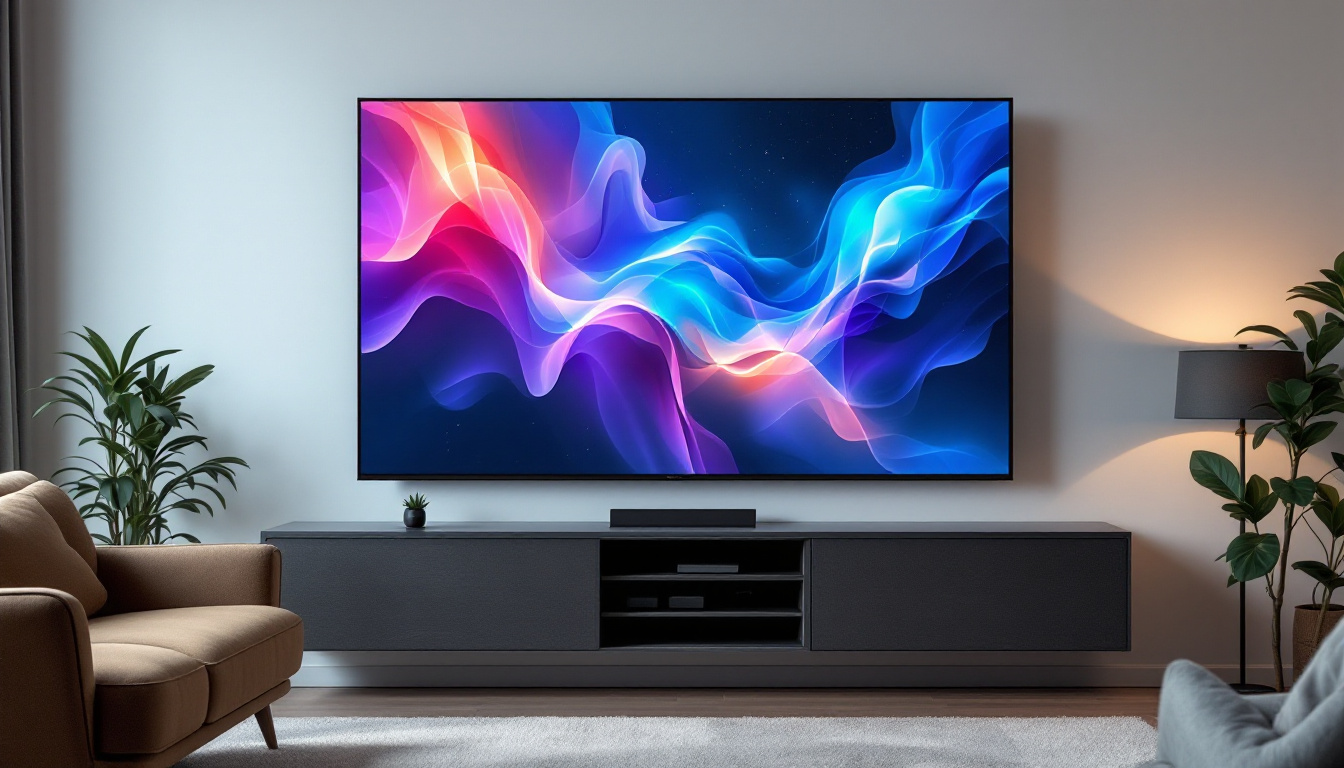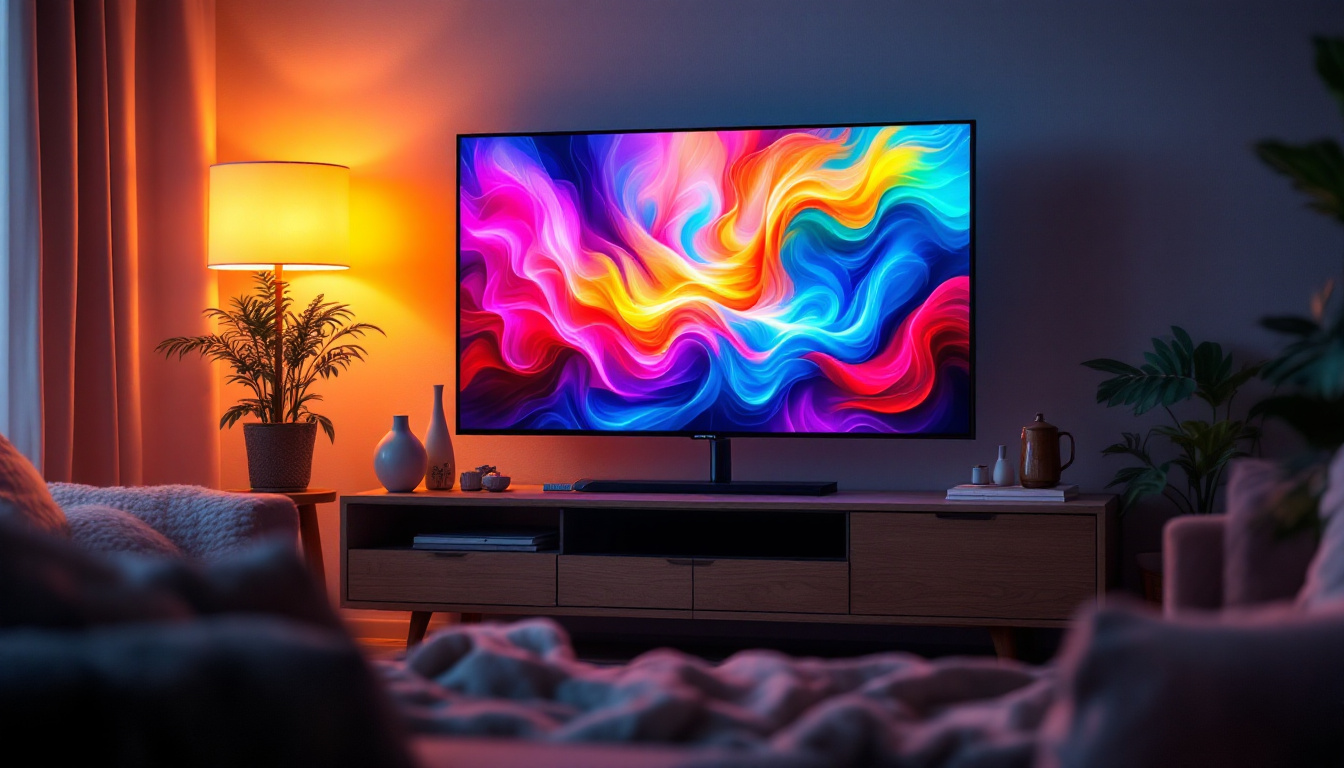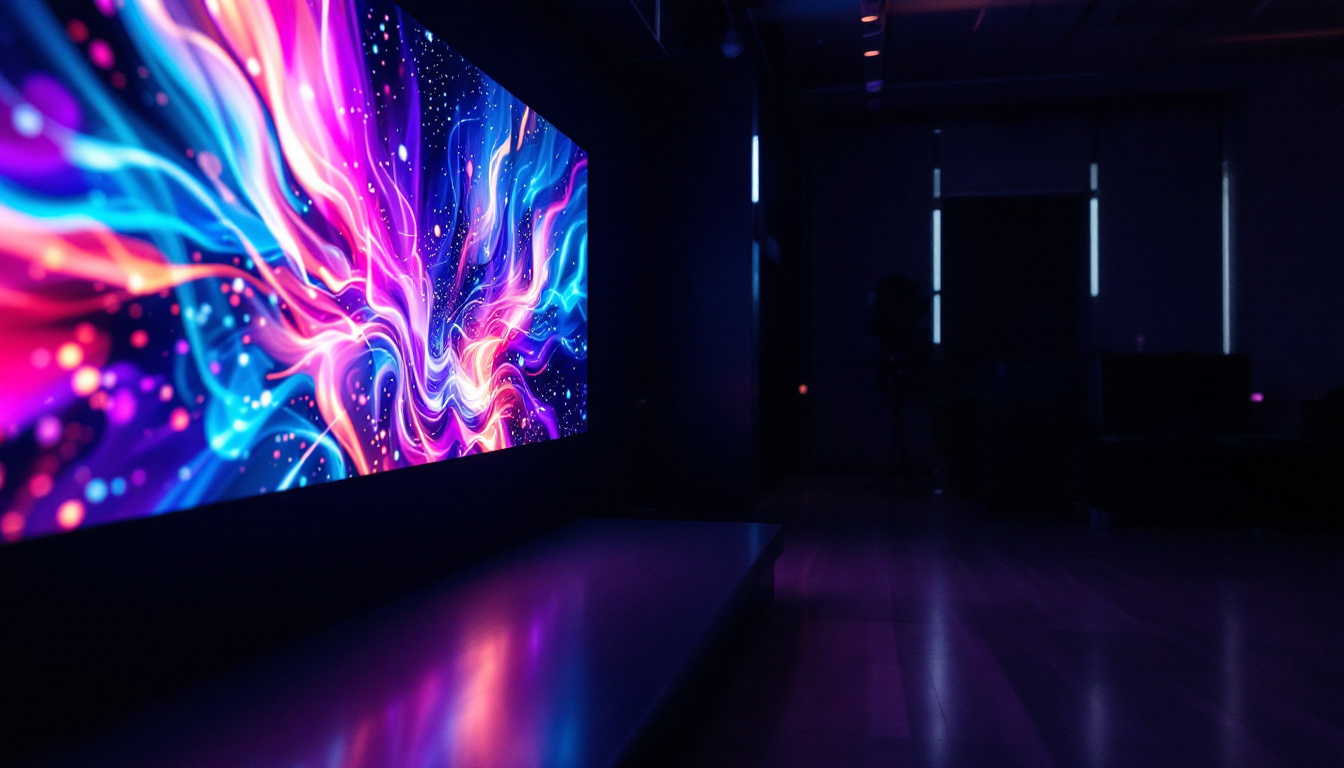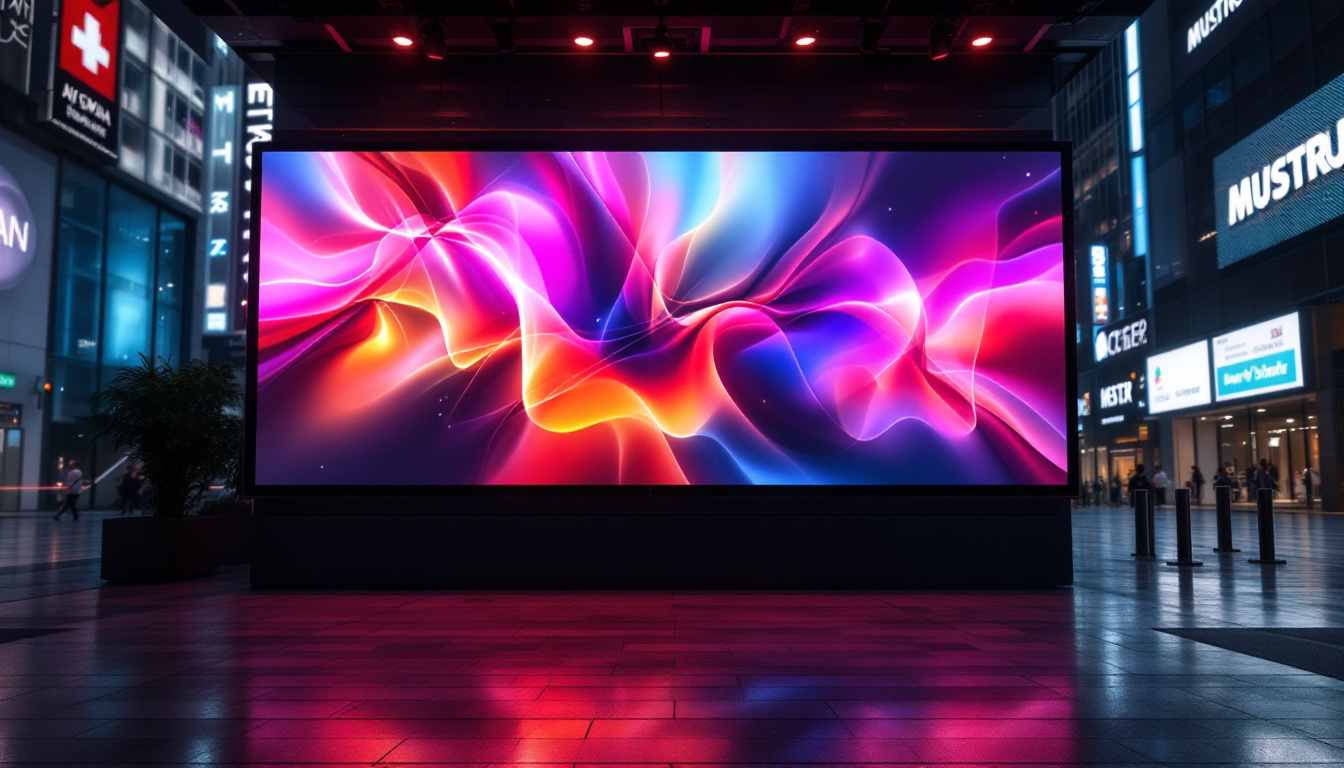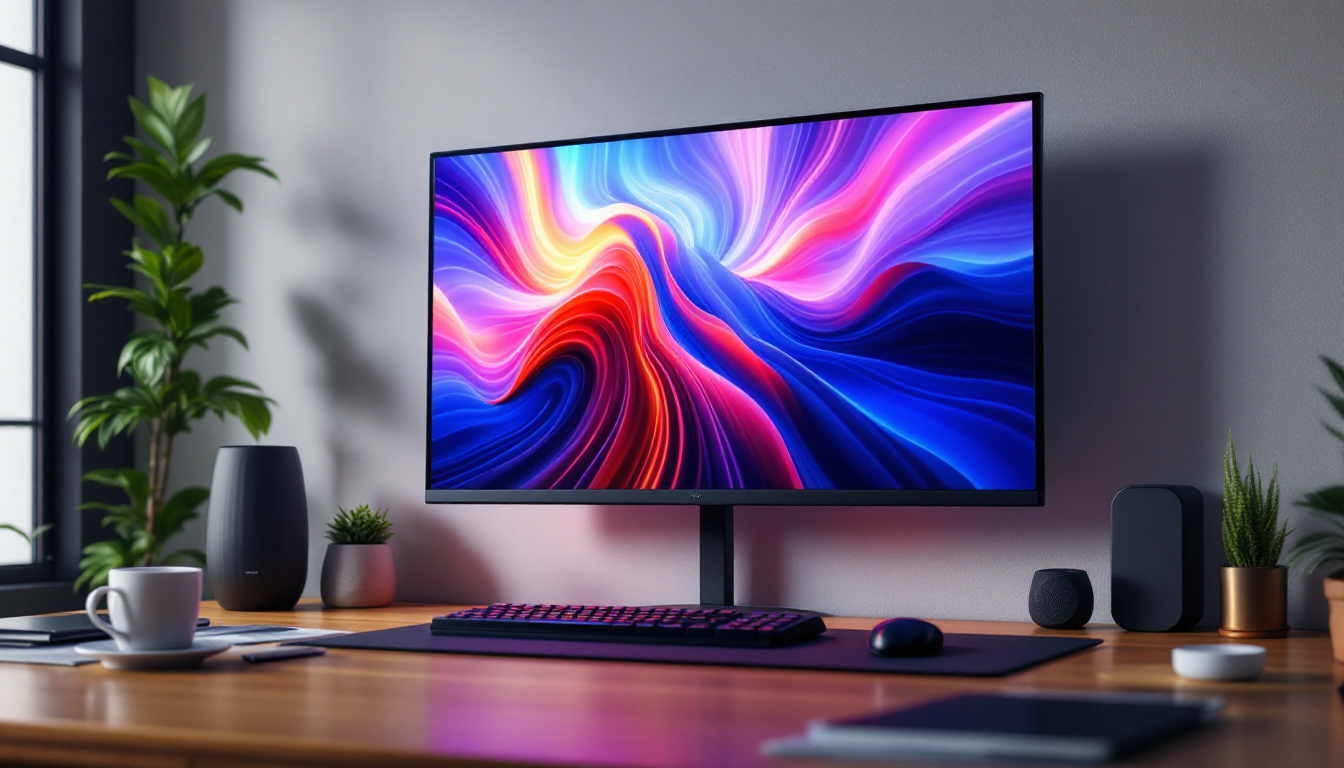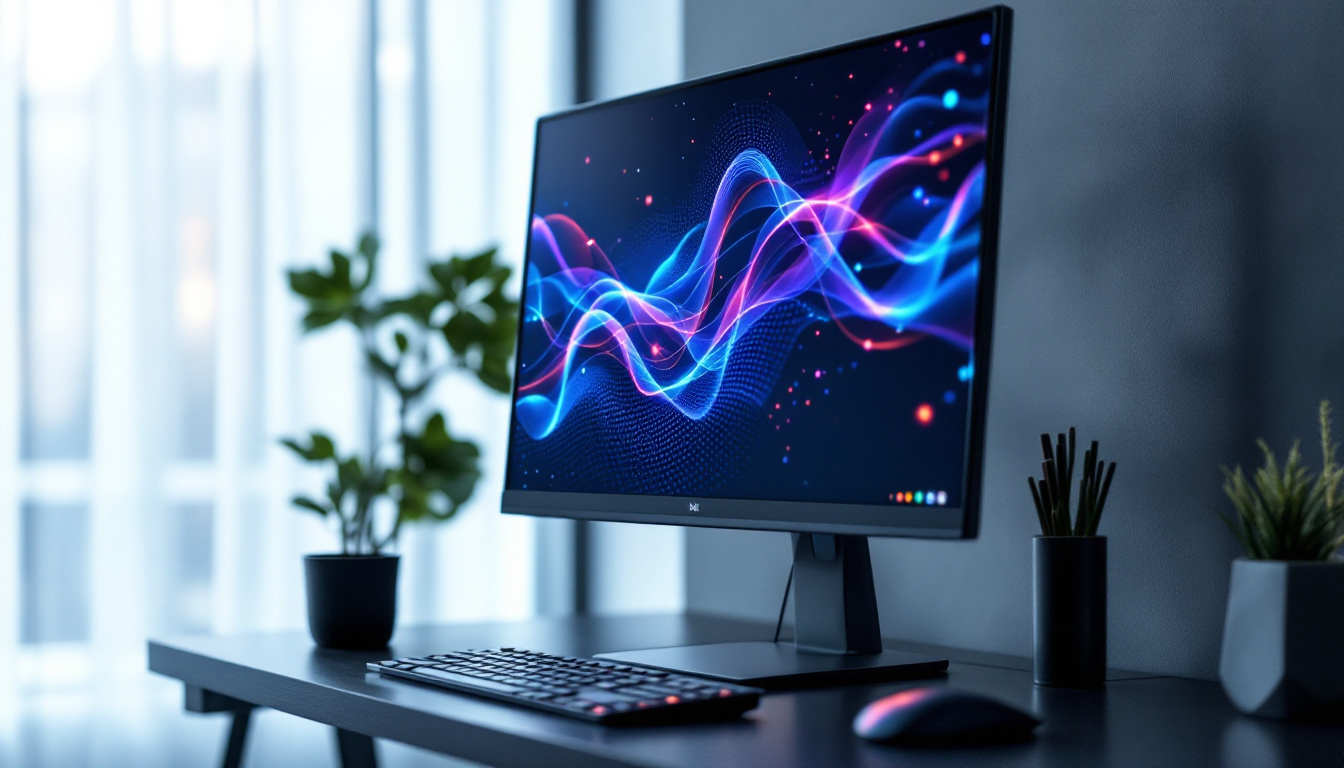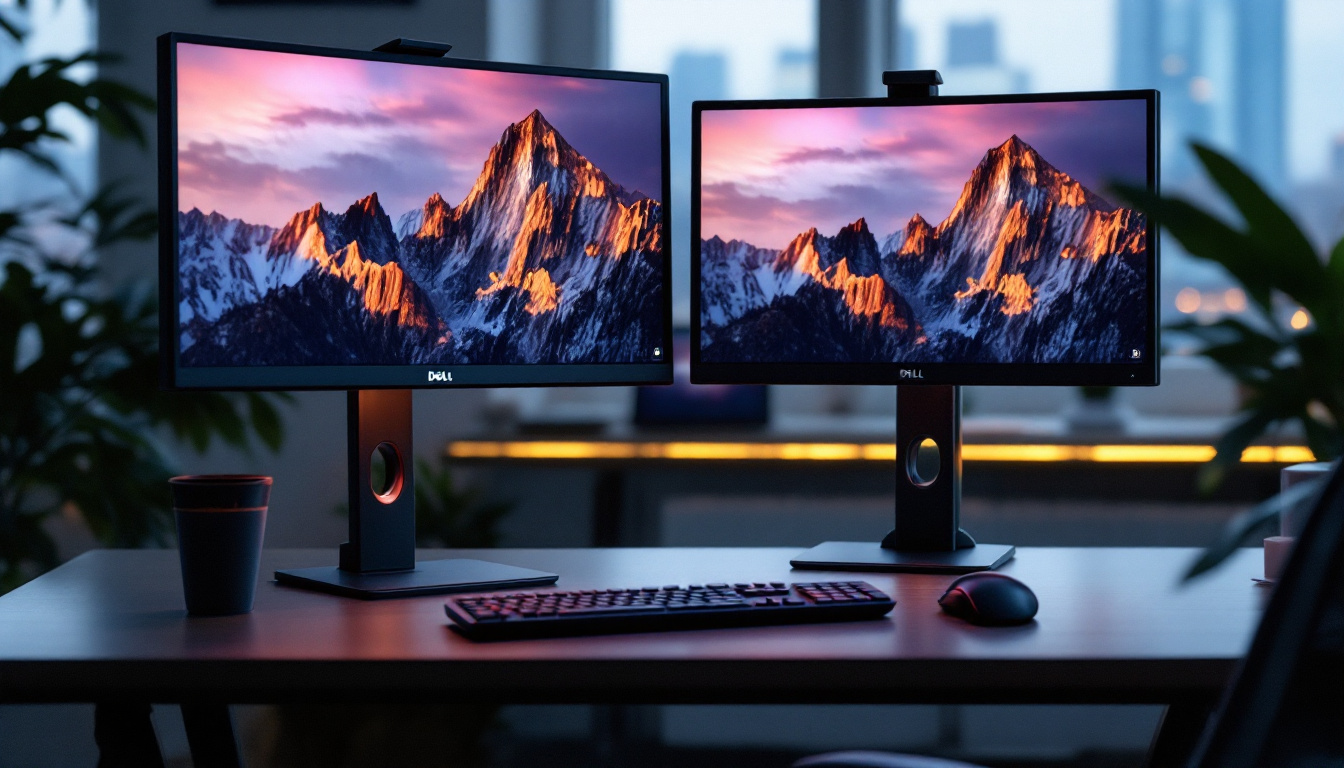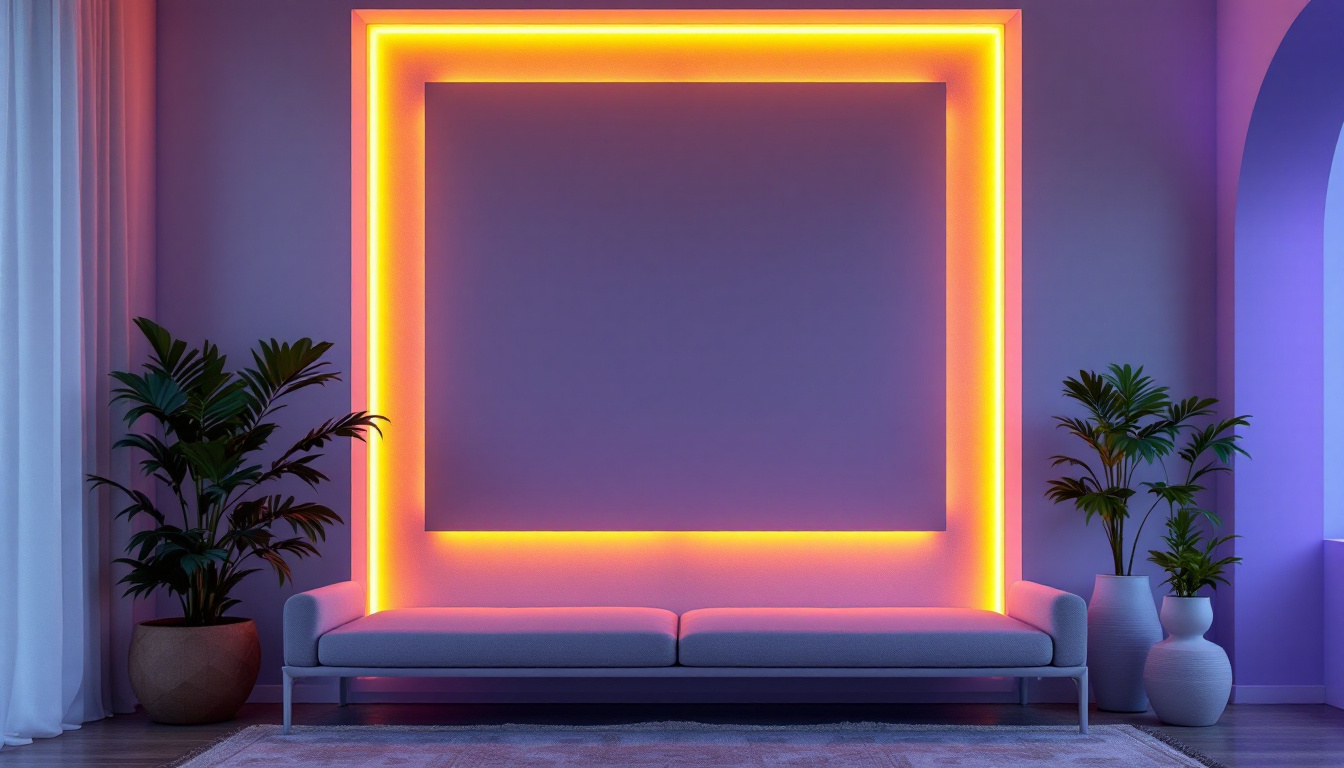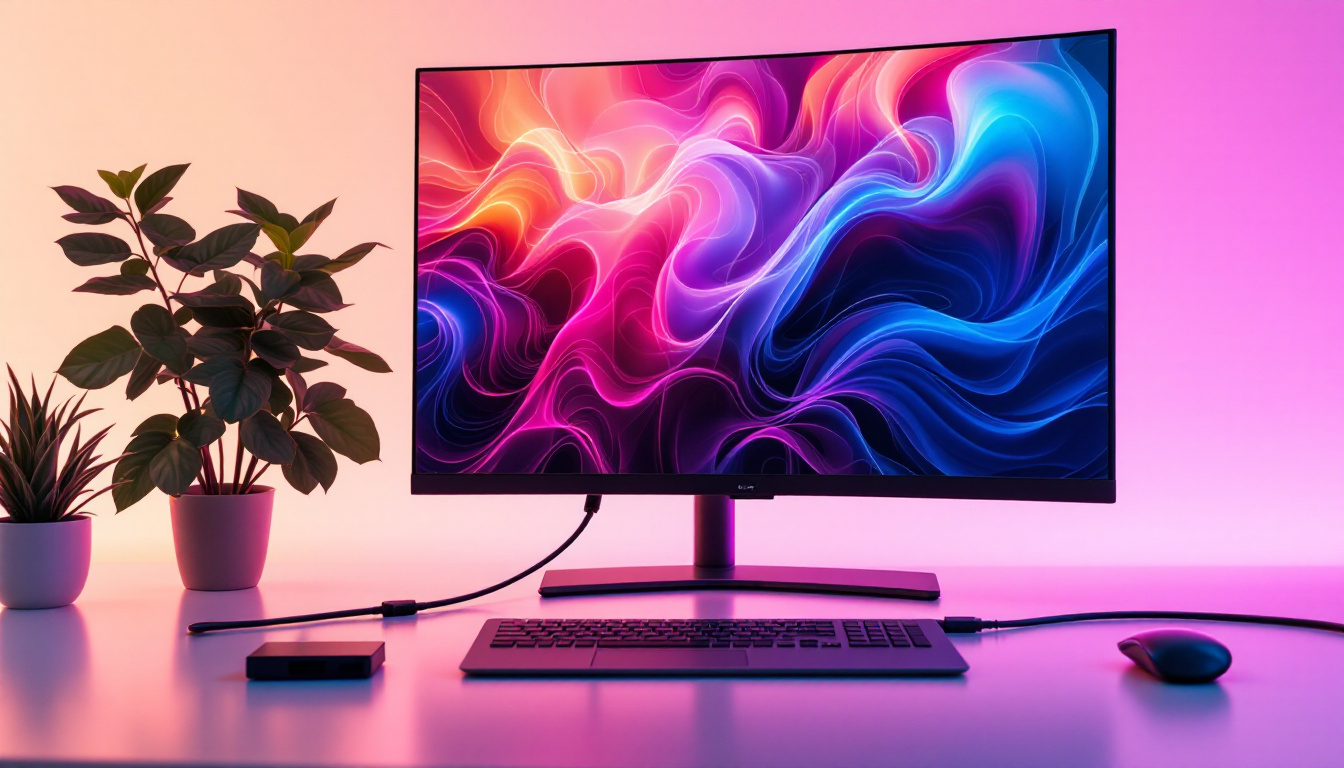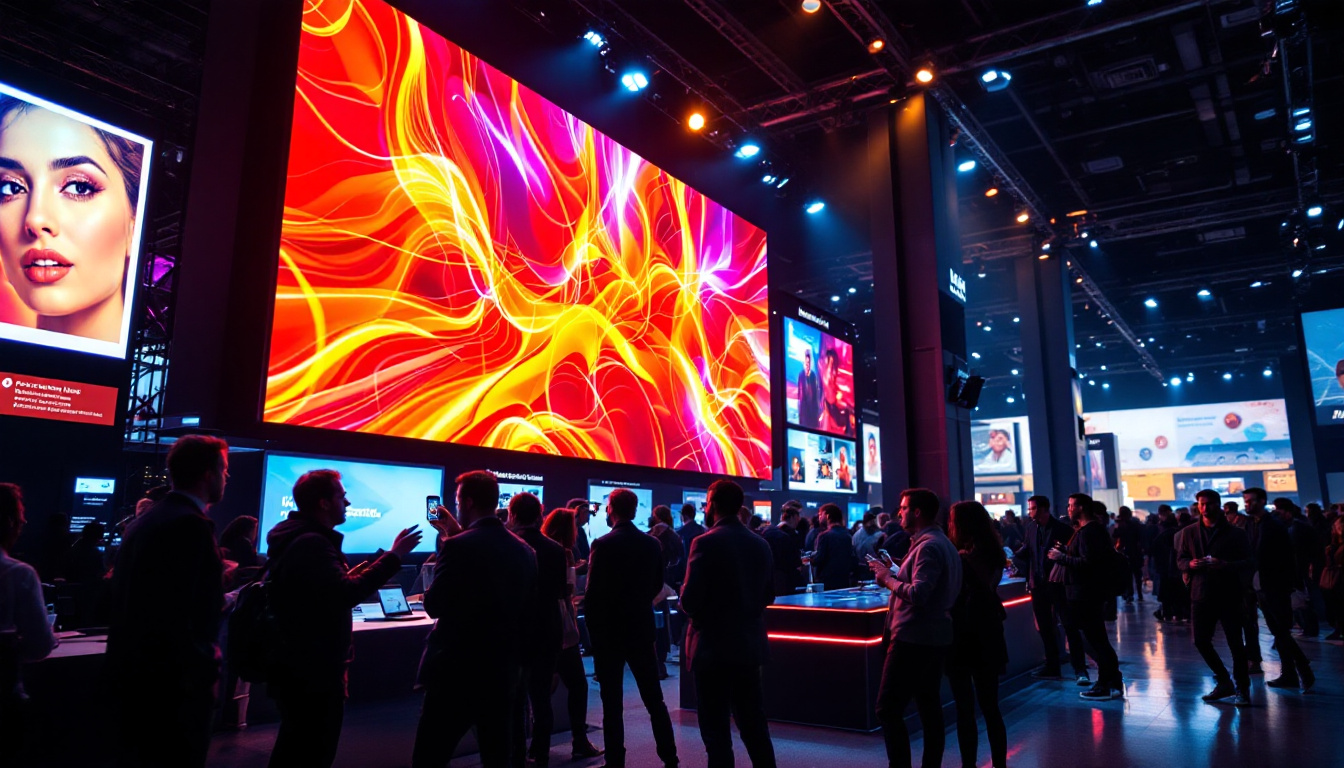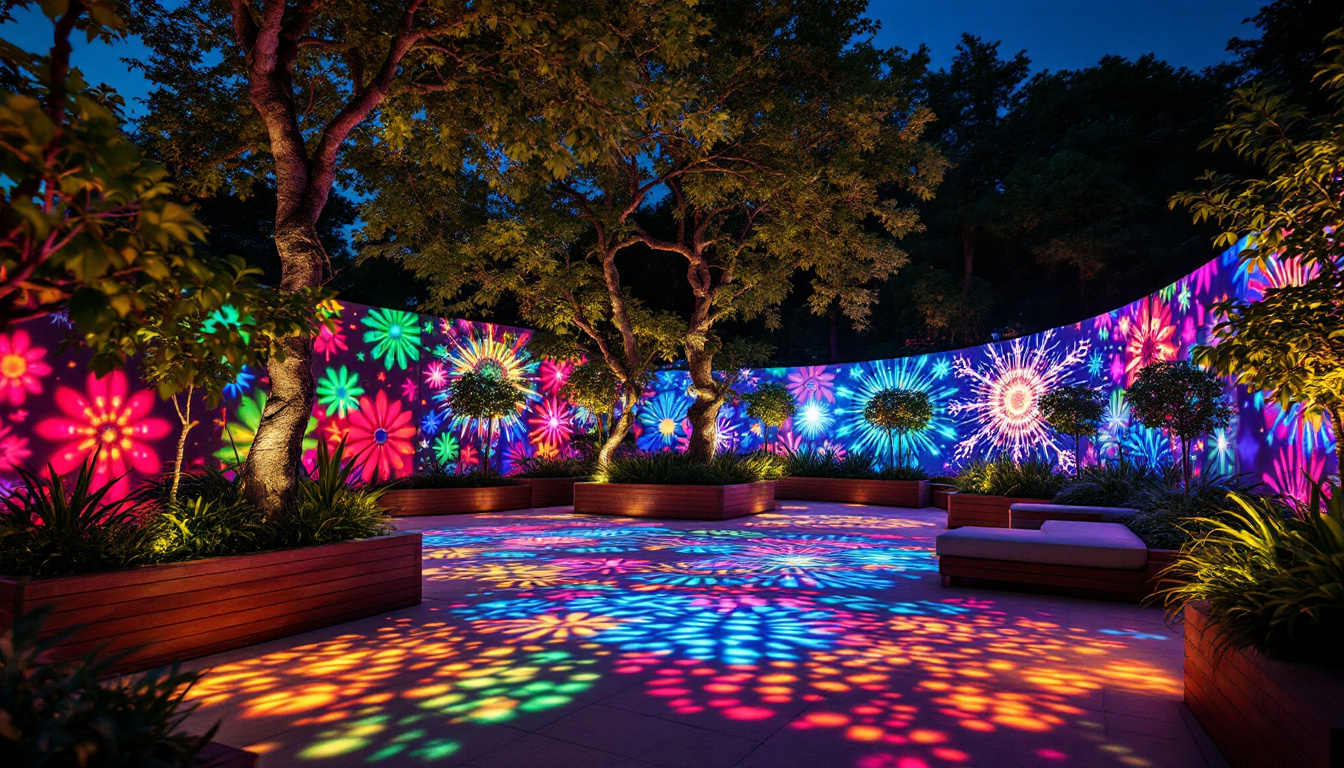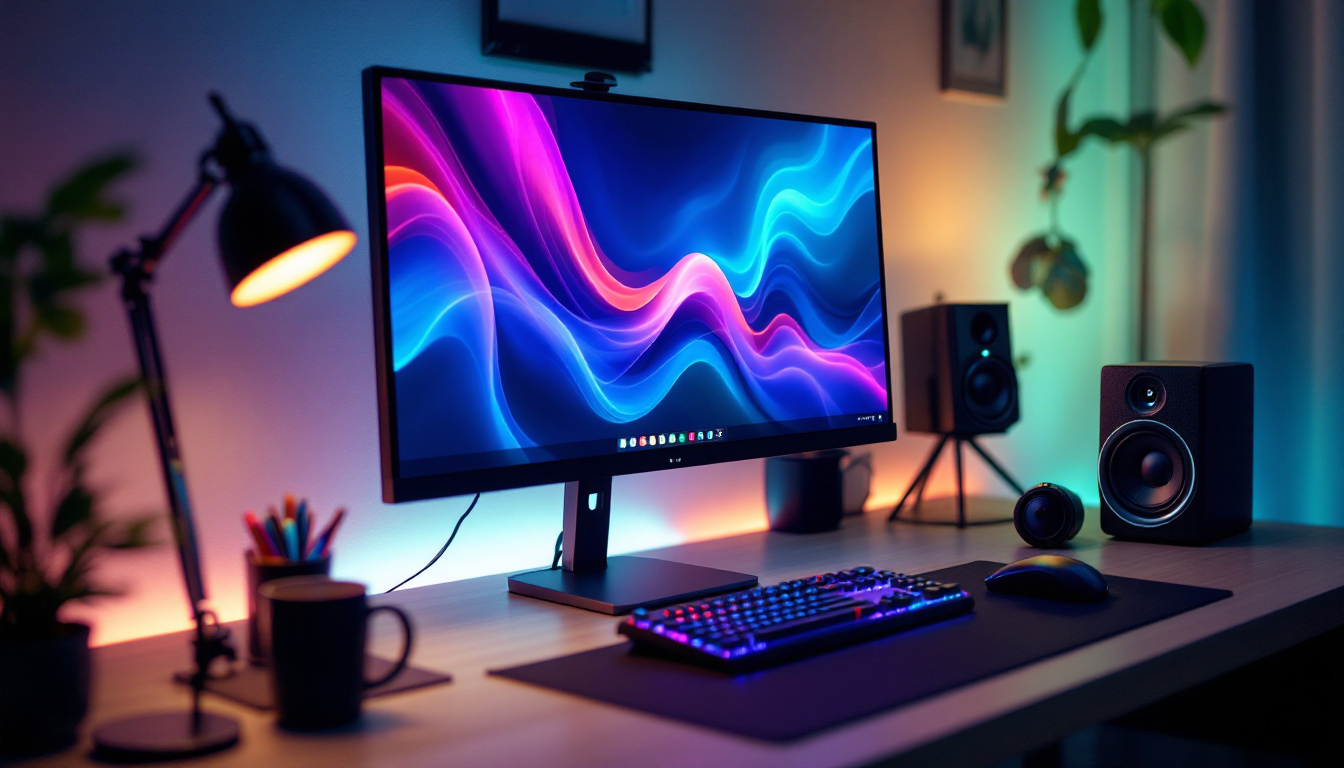In the ever-evolving world of technology, flat panel screens have become a staple in both homes and offices. With the rise of LED displays, understanding the various sizes and specifications has never been more crucial. This article delves into the intricacies of flat panel screen sizes, focusing on LED technology, to help consumers make informed decisions.
Understanding LED Technology
LED, or Light Emitting Diode, technology has revolutionized the display industry. Unlike traditional LCD screens that use fluorescent backlighting, LED displays utilize small diodes that emit light, resulting in brighter images, better contrast, and energy efficiency. This advancement has not only improved the quality of visual media but has also paved the way for innovative applications in various fields, from advertising to medical imaging.
How LED Displays Work
At the core of LED technology is the ability to control light on a pixel-by-pixel basis. This means that black areas of the screen can be turned off completely, resulting in true blacks and a dynamic range of colors. The two main types of LED displays are:
- Edge-lit LED: In this design, LEDs are placed around the edges of the screen, directing light towards the center. This allows for a thinner profile but can sometimes lead to uneven brightness.
- Full-array LED: This technology uses a grid of LEDs behind the screen, enabling more precise control over brightness and contrast. Full-array displays often support local dimming, enhancing the viewing experience.
Benefits of LED Displays
LED displays offer several advantages over traditional display technologies. Some key benefits include:
- Energy Efficiency: LED screens consume less power, making them more environmentally friendly and cost-effective in the long run.
- Longevity: LED technology typically has a longer lifespan compared to older display types, reducing the need for frequent replacements.
- Improved Color Accuracy: The ability to produce a wider color gamut enhances the viewing experience, particularly for media consumption.
Additionally, LED technology has made significant strides in outdoor applications, where brightness and visibility are crucial. High-brightness LED displays are now commonly used in billboards and digital signage, ensuring that advertisements are eye-catching even in direct sunlight. This adaptability has led to a surge in the use of LED screens in public spaces, enhancing communication and engagement with the audience.
Moreover, the flexibility of LED technology has opened up new avenues for creative design. With advancements in flexible LED panels, designers can create curved and dynamic displays that fit various architectural styles. This innovation not only adds aesthetic value but also allows for immersive experiences in venues such as theaters, museums, and retail environments, where the interplay of light and space can transform the viewer’s experience.
Choosing the Right Screen Size
When selecting a flat panel screen, size is one of the most critical factors to consider. The right size can significantly impact the viewing experience, whether for gaming, movie watching, or professional presentations.
Measuring Screen Size
Screen size is measured diagonally from one corner to the opposite corner. This measurement is typically expressed in inches. However, it’s essential to consider the screen’s aspect ratio, which is the ratio of the width to the height of the display. The most common aspect ratios are 16:9 and 4:3.
For instance, a 55-inch screen with a 16:9 aspect ratio will have a width of approximately 48 inches and a height of about 27 inches. Understanding these dimensions helps in determining how well the screen fits within a given space. Additionally, it is important to think about the layout of your room; a larger screen may be more suitable for a spacious living room, while a smaller screen could be ideal for a cozy bedroom or office. The placement of furniture and the distance from seating areas to the screen should also be taken into account to ensure a comfortable viewing experience.
Optimal Viewing Distance
Another crucial aspect of choosing the right screen size is the optimal viewing distance. This distance varies based on the screen resolution:
- HD (720p): For HD displays, the ideal viewing distance is roughly 3 times the screen size. For a 50-inch screen, sit about 12.5 feet away.
- Full HD (1080p): The recommended distance is about 1.5 to 2 times the screen size. Thus, for a 50-inch screen, the distance should be between 6.25 to 8.5 feet.
- 4K Ultra HD: With higher resolutions, viewers can sit closer without noticing pixelation. The optimal distance is about 1 to 1.5 times the screen size. For a 50-inch screen, this means sitting between 4.2 to 6.25 feet away.
Understanding these distances is crucial not only for comfort but also for maximizing the visual quality of the content being displayed. For example, sitting too far from a 4K screen may lead to a less immersive experience, as the finer details that make high-definition content so appealing can be lost. Conversely, sitting too close to a lower resolution screen can result in a distracting view filled with pixelation. Therefore, it’s beneficial to consider both the screen size and the resolution when planning your setup, ensuring that every viewing session is as enjoyable as possible.
Common Flat Panel Screen Sizes
Flat panel screens come in various sizes, catering to different needs and preferences. Understanding the most common sizes can help consumers make better choices.
Small Screens (Under 32 inches)
Small flat panel screens are ideal for compact spaces such as bedrooms, kitchens, or offices. Sizes typically range from 19 to 32 inches. These screens are perfect for casual viewing and can easily fit on smaller furniture or walls.
Medium Screens (32 to 55 inches)
Medium-sized screens are the most popular choice for living rooms and entertainment areas. Ranging from 32 to 55 inches, these screens strike a balance between size and usability. They are suitable for a variety of viewing distances and can accommodate a diverse range of activities, from gaming to movie watching.
Large Screens (55 inches and above)
Large flat panel screens, often exceeding 55 inches, are designed for immersive viewing experiences. These displays are perfect for home theaters or spacious living rooms, allowing viewers to enjoy movies, sports, and gaming in stunning detail. With advancements in 4K and 8K technology, larger screens can deliver exceptional picture quality without compromising clarity.
Factors Influencing Screen Size Selection
Choosing the right screen size involves more than just personal preference. Several factors should be taken into account to ensure the best viewing experience.
Room Size and Layout
The dimensions of the room where the screen will be placed play a significant role in size selection. A small room may feel cramped with a large screen, while a spacious area can benefit from a larger display. Additionally, the layout of the room, including seating arrangements, should be considered to ensure optimal viewing angles.
Purpose of the Screen
Understanding the primary use of the screen can also guide size selection. For instance, a screen primarily used for gaming may require a larger size for an immersive experience, while a screen for casual TV watching may not need to be as large. Similarly, professional presentations may benefit from larger displays to ensure visibility for all attendees.
Budget Considerations
Budget constraints are an unavoidable factor in screen selection. Larger screens and advanced technologies often come with higher price tags. Consumers should balance their desire for a larger display with their budget, considering that prices can vary significantly based on size, brand, and features.
Popular Brands and Models
The market is flooded with numerous brands and models of flat panel screens, each offering unique features and specifications. Some of the most recognized brands include:
Samsung
Samsung is known for its innovative technology and high-quality displays. Their QLED series combines LED technology with quantum dots to enhance color accuracy and brightness. Samsung offers a range of sizes, making it easy for consumers to find the right fit for their needs.
LG
LG is another leading brand, particularly known for its OLED technology, which provides exceptional contrast and color depth. While OLED screens tend to be more expensive, LG also offers a variety of LED options that cater to different budgets and preferences.
Sony
Sony’s Bravia series is renowned for delivering stunning picture quality and advanced processing technology. With a focus on immersive viewing experiences, Sony screens are popular among cinephiles and gamers alike.
Future Trends in Flat Panel Displays
The flat panel display industry is continually evolving, with new technologies and trends emerging regularly. Some of the most exciting developments include:
MicroLED Technology
MicroLED is an emerging technology that promises to deliver even better performance than current LED displays. This technology utilizes microscopic LEDs to create individual pixels, resulting in superior contrast, brightness, and energy efficiency. As MicroLED becomes more mainstream, it could redefine the standards for flat panel displays.
8K Resolution
While 4K resolution has become the standard for high-definition viewing, 8K technology is on the rise. With four times the resolution of 4K, 8K displays offer unparalleled detail and clarity. As content availability increases, 8K displays are likely to gain traction among consumers seeking the ultimate viewing experience.
Smart Features and Connectivity
Modern flat panel screens are increasingly equipped with smart features, allowing users to stream content directly from the internet. Enhanced connectivity options, such as HDMI 2.1 and wireless capabilities, are making it easier to integrate these screens into smart home ecosystems. The future of flat panel displays will likely focus on seamless connectivity and user-friendly interfaces.
Conclusion
Flat panel screens, particularly those utilizing LED technology, have transformed the way people consume media. With a wide range of sizes and features available, selecting the right screen can enhance the viewing experience significantly. By considering factors such as room size, purpose, and budget, consumers can make informed decisions that suit their needs.
As technology continues to advance, staying informed about the latest trends and innovations will ensure that consumers can enjoy the best possible viewing experience for years to come. Whether for casual watching, professional use, or immersive gaming, the right flat panel screen can make all the difference.
Discover Cutting-Edge LED Displays with LumenMatrix
Ready to elevate your visual experience with the latest in LED display technology? Look no further than LumenMatrix, a pioneer in crafting innovative LED display modules designed to maximize brand visibility and captivate audiences. From the comfort of your living room to the excitement of outdoor events, our diverse range of solutions, including Indoor and Outdoor LED Wall Displays, Vehicle LED Displays, and more, cater to all your needs. Embrace the future of visual communication and check out LumenMatrix LED Display Solutions today to transform your space with unparalleled clarity and impact.

